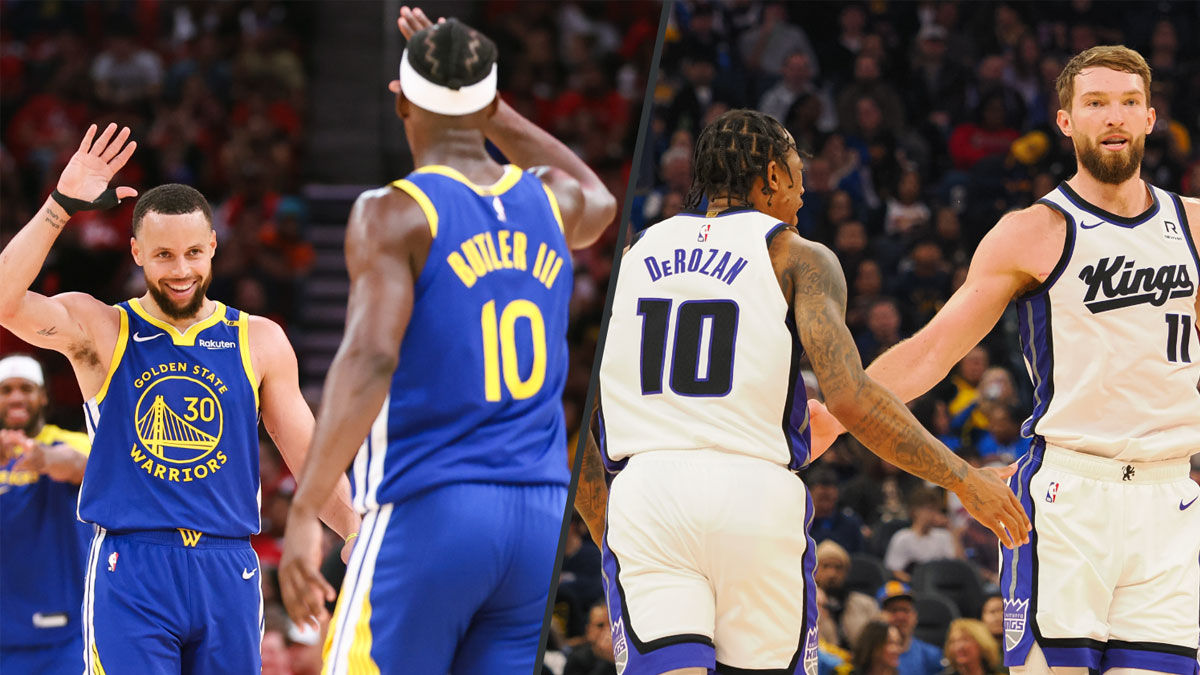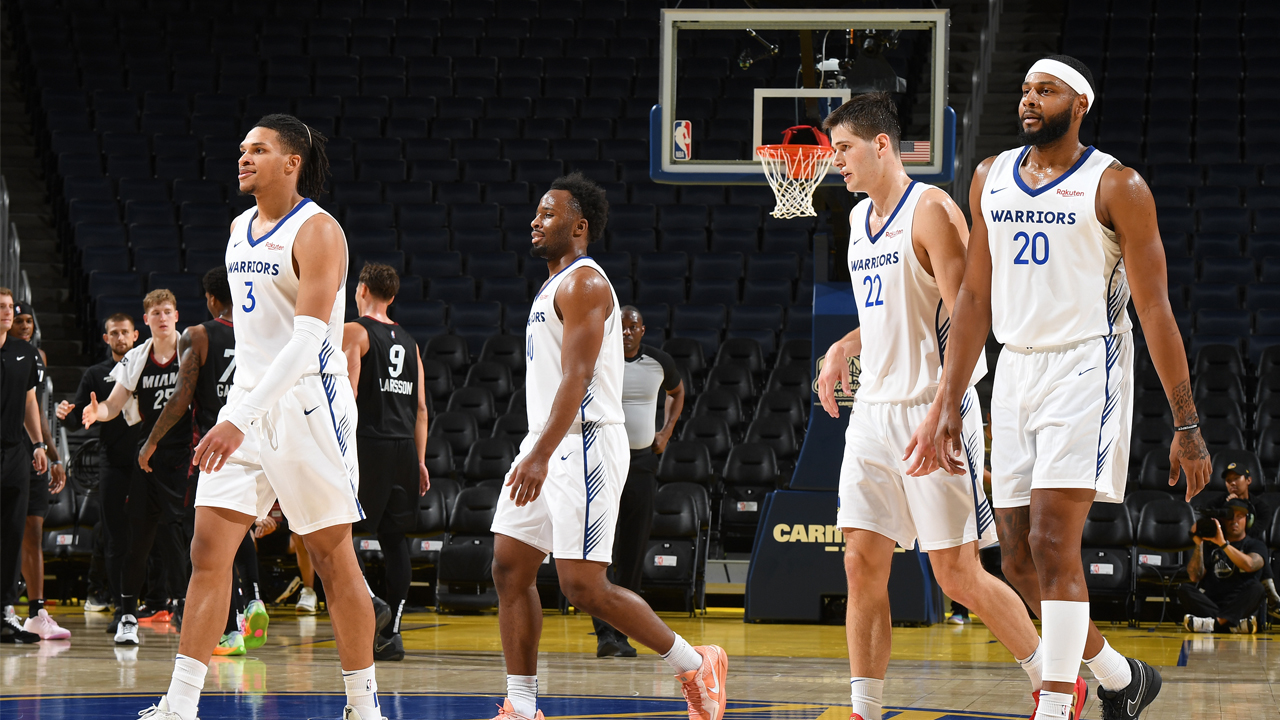Scouts and front-office executives preparing for the 2012 NBA draft loved Anthony Davis and Bradley Beal. They liked Damian Lillard and Harrison Barnes, and figured Andre Drummond would have a productive career.
Some teams thought they’d found gold with Michael Kidd-Gilchrist, Thomas Robinson and Meyers Leonard.
They didn’t much care for Michigan State’s Draymond Green. Too slow to play at small forward, too small to be a legitimate power forward. Too heavy to be an energy guy. Too volatile to be a glue guy. He wasn’t an elite athlete. He spent four years in college.
With our All Access Daily newsletter, stay in the game with the latest updates on your beloved Bay Area and California sports teams!
Why bother?
Green was on the board for the Warriors to take in the second round, No. 35 overall. The other 29 teams could not have known they were bypassing the player who would be the most influential of that draft -- and any other draft of the decade.
How influential? Scouts and front-office executives that spent months preparing for the 2020 draft next week are hoping and praying for a Draymond.
Green’s impact on today’s NBA is greater than that of Davis, the No. 1 overall pick in 2012. It’s greater than that of Beal, taken third. Greater than that of Lillard, taken sixth overall.
Golden State Warriors
Find the latest Golden State Warriors news, highlights, analysis and more with NBC Sports Bay Area and California.
Download and subscribe to the Runnin' Plays Podcast
Take a peep around the league. Teams have sought shooters ever since Naismith put up his peach basket. They’ve always valued rebounders and playmakers. But they’ve recently sought the unconventional big man, agile enough to defend wings, robust enough to guard bigs, smart enough to not only feel the game but make it bend to his will. Such is a rare breed.
Draymond has been doing that since his third year, when he replaced David Lee in the Warriors’ starting lineup -- and finished second in the NBA Defensive Player of the Year voting.
Shortly thereafter, teams around the league realized the guy they’d left on the shelf like an expired cup of yogurt was changing the way team defense is played.
While offenses were undergoing dramatic changes, defenses mostly remained static. Defenders trying to slip under screens were getting burned by long-distance shooters. Those going over screens left teammates susceptible to rim runs by screeners or passes that found open shooters for a 3-pointers.
Switching done well greatly reduces mad-scramble rotations and late closeouts. Nobody was better at this than Draymond, who was voted Defensive Player of the Year in 2017, his third season as a starter. He was at least as effective the previous season, when the Warriors won a record 73 games, many of them decided by the Death Lineup that had him as the exceedingly rare 6-foot-6 center.
Who knew?
“It worked because of the versatility that Draymond was able to demonstrate,” Warriors assistant coach and then-defensive coordinator Ron Adams told NBC Sports Bay Area this week. “If there was a bigger player on the floor, he can guard the bigger player. If there was a smaller player, he could guard the smaller player. Offensively, we were fluid and the floor was spaced.”
Success in team sports breeds imitation. Other teams tried to copy Golden State’s switching. Some were good at it. Some were not so good. A few were atrocious. None had a Draymond. Nearly all had at least one chance to draft him.
But after four years in a power program, Green’s NBA stock suffered largely because he defied easy classification. It was a time when scouts felt it important to attach a specific position to each player. Among the first questions they’d be asked of any player was “What is he?”
The value of many prospects was hurt by this philosophy. It’s why Lou Williams -- is he a point guard or shooting guard? -- was the 45th overall pick in 2005, why P.J. Tucker went 35th in 2006, why Patty Mills went 17 picks after burly power forward Jon Brockman in 2009. Those who didn’t project to a predetermined role dropped in the draft.
RELATED: Why Warriors must use TPE as favor to championship core
That philosophy has faded with the rise of Draymond, who over any four offensive possessions might fill as many as four roles: Point forward, small forward, power forward, center. Rather than confine himself to a position, he reads the defense and creates a role in which he can be effective in the offense. On defense, he might guard any of the five opponents or simply blow up the offensive play.
It’s what Bam Adebayo, athletically superior to Green, does for the Miami Heat. We see Marcus Smart doing it for the Boston Celtics and OG Anunoby for the Toronto Raptors. Any of these three players, as well as Green, likely will be mentioned when evaluating such projected 2020 lottery picks as USC’s Onyeka Okongwu and Auburn’s Isaac Okoro.
The characteristics that pushed a player down into the second round in 2012 now push him up into the lottery.
The Warriors realize they got lucky. They admit to guessing right. So right that scouts today are stalking what they shunned only a few years ago.


